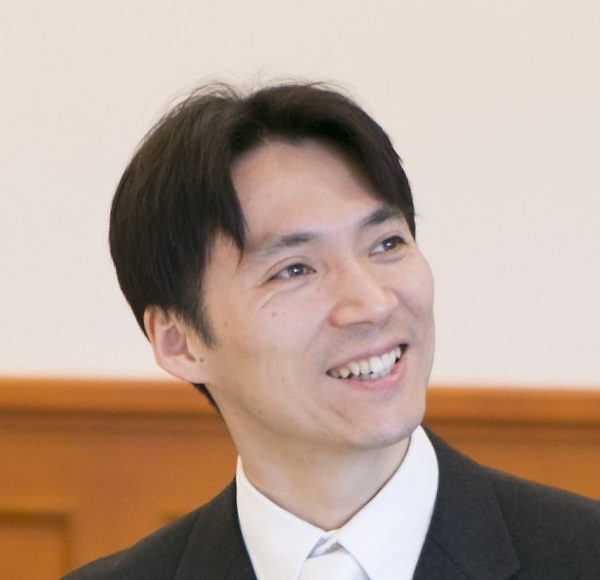Seminar: "Temperature Manipulation and Synaptic Activity During Singing Revealed Distributed Mechanism of Song Timing Generation"

Date
Location
Description
Temperature Manipulation and Synaptic Activity During Singing Revealed Distributed Mechanism of Song Timing Generation
Abstract:
Timing control is a fundamental aspect of precise motor control. Birdsong is an elaborate and stereotyped vocal behavior controlled with millisecond precision. Various lines of evidence support the hypothesis that song premotor neurons located in a telencephalic nucleus (HVC) form a synaptic chain to generate song tempo. On the other hand, vocalization also depends on the brainstem circuits that involve the control of respiratory, expiratory rhythms and muscles in syrinx. How the forebrain and brainstem interact to produce temporally precise and reproducible behaviors is not well understood. Here we combine physiological, dynamical and computational methods to show that song tempo is the product of a distributed and recurrent synaptic network spanning the forebrain and brainstem. Using a miniature Peltier device, we found that focally manipulating the temperature of HVC exerted nearly identical effects on song tempo and activity propagation through a recurrent, distributed network that contains HVC as one of its elements. In contrast, cooling HVC exerted three to four fold greater effect on activity propagation locally within HVC than it did on song tempo. Moreover, focally manipulating temperature at a thalamic node in the recurrent network also altered song tempo, and these effects could not be attributed to thermal effects on HVC. Finally, intracellular recordings in singing birds reveal that different HVC premotor cells, which generate sparse and sequential action potential activity during singing, receive high frequency and synchronous patterns of depolarizing postsynaptic potentials, a synaptic feature that is inconsistent with simple local chain models studied so far. We confirmed that a simple distributed chain model can account for the temperature sensitivity and synchronous synaptic activity underlying the sparse sequential action potential activity. These findings indicate that precisely timed neural activity critical to the regulation of song tempo arises from a distributed, recurrent network rather than through a localized mechanism.
Attachments
Subscribe to the OIST Calendar: Right-click to download, then open in your calendar application.



